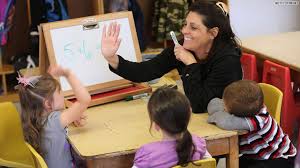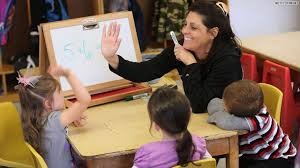Written by: Wood Creek Academy
When parents hear the words “juvenile boot camp”, the idea can be unsettling. One might imagine drill instructors screaming as children try and struggle their way through barbed wire obstacle courses. Reality is very different.
The debate over how to use a boot camp for teenagers has heated up in recent years as more state governments look for methods to reduce spending on reform and discipline. It’s been shown that these boot camps are typically cheaper than the alternative of juvenile incarceration.
The primary goal of wilderness therapy programs involves modifying the behavior of all participants with the goal of reducing repeat offenses. The theory is that children who learn team building in the wild will have a greater sense of self, and understand how to work with others. The cost-effectiveness of treatment is secondary to the primary goal of reducing recidivism.
These camps also serve as detox centers for kids who find themselves addicted to alcohol or narcotics. The camps take them away from their usual element, where they can’t find their drug of choice, and give them positive tasks to channel their frustrations toward. Most of these schools are expressly for the purposes of correction, but some help troubled youth who can’t adjust well to their communities.
Camps place an emphasis on self reliance, teamwork and cooperation. Those who leave feel better prepared to deal with others. They leave with greater confidence, and a deeper understanding of themselves. Most of these kids have also never experienced nature at that level, so camps provide a method to mentally recharge.












